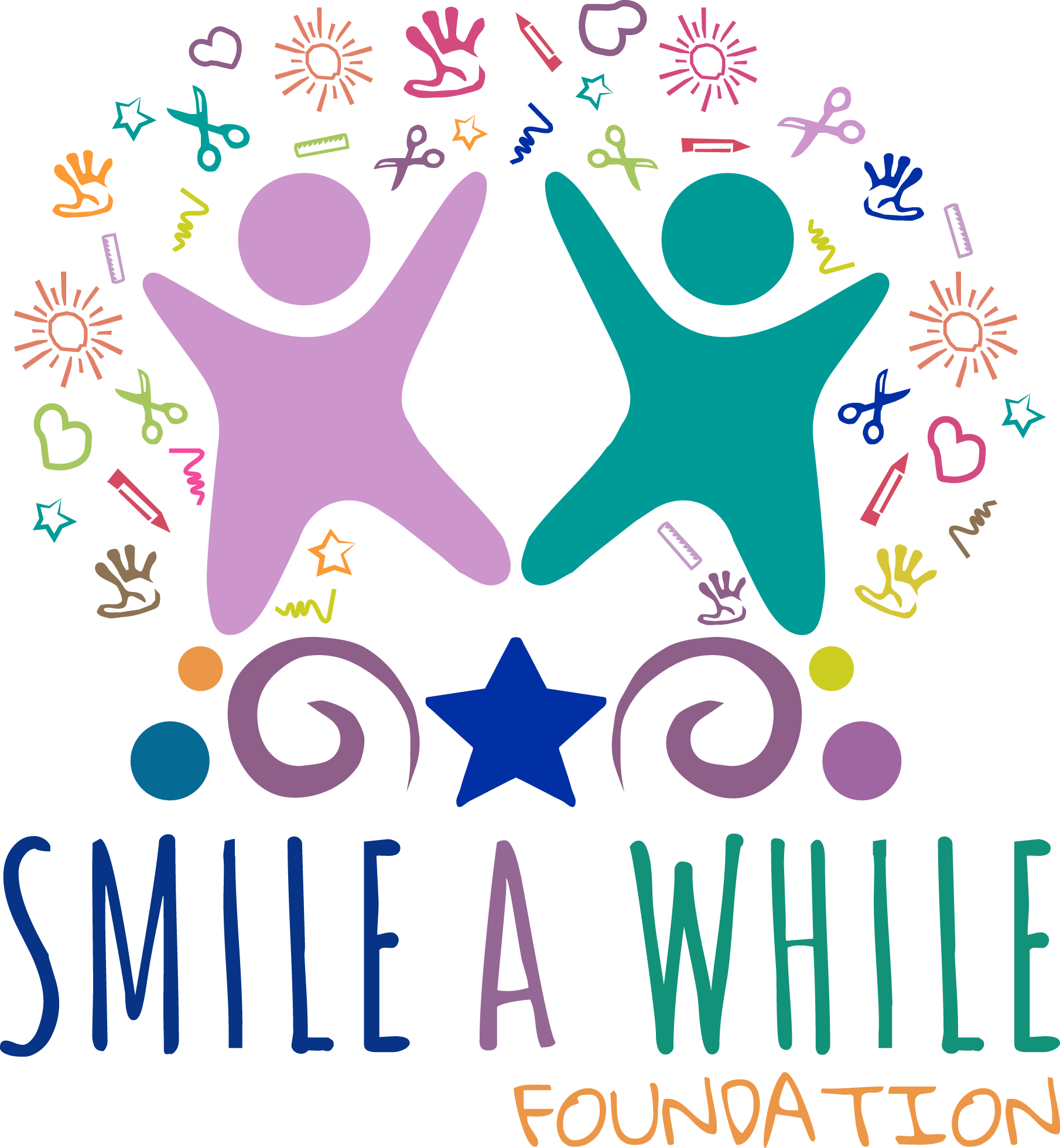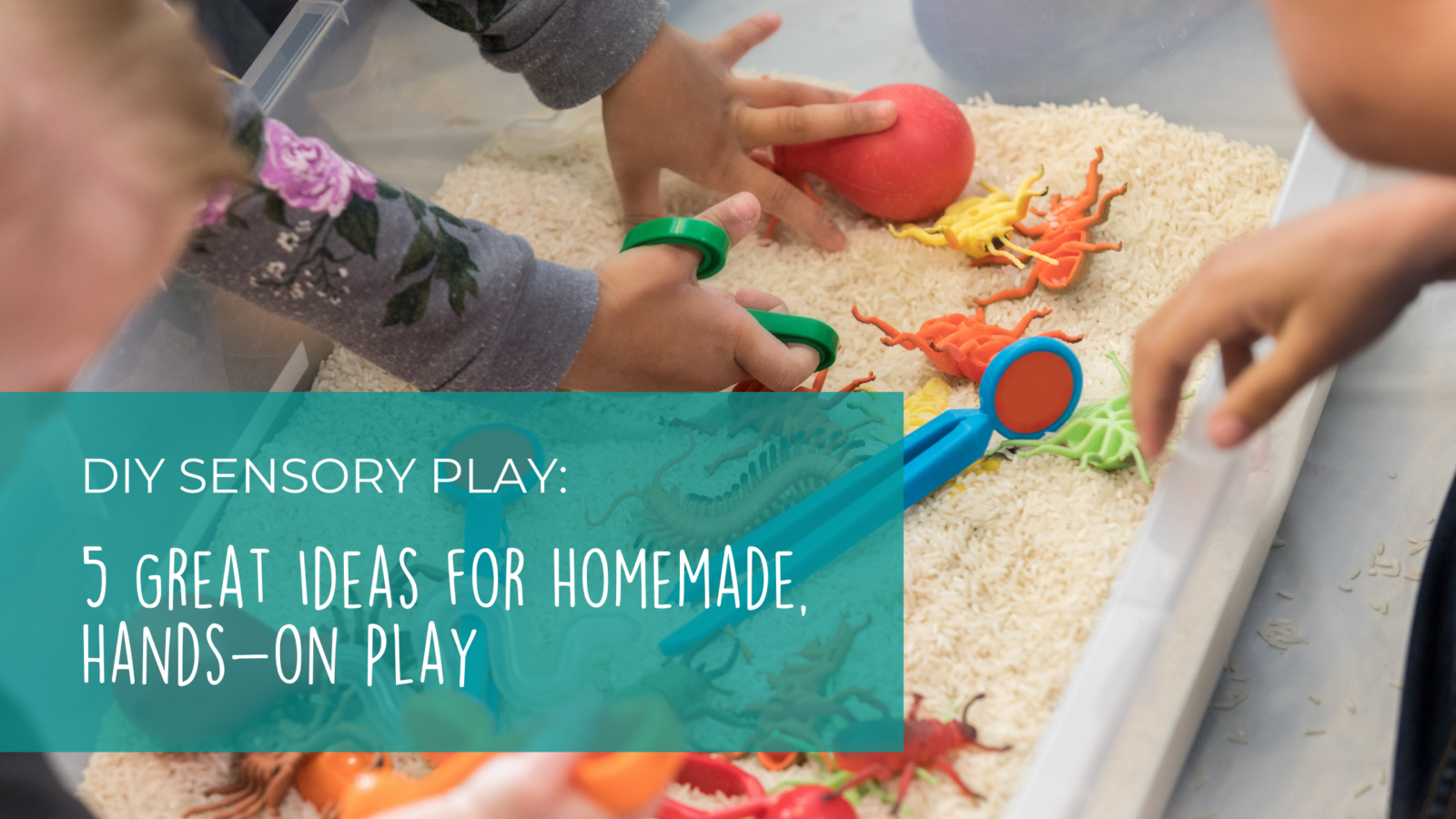DIY Sensory Play: 5 Great Ideas for Homemade, Hands-on Play
During sensory play children use their senses to incorporate smell, touch, sound, vision, and movement. Play that has a multisensory experience is known to have a positive correlation with brain development in children. Bonus, since these are DIY activities they can each be customized to meet the preferences of your child.
Starting at birth, children are exploring the uniqueness of the world that surrounds them in very important developmental ways. Cognitive development in young children is rapid and exponential in the areas of information processing, conceptual resources, perceptual skill and language learning.
Whether your child is diagnosed with different developmental challenges or not, sensory activities are very important to that development. For the differently-abled children we support in Jamaica, leveraging activities like those below to engage the senses is important for cognitive development.
Sensory play helps the brain develop nerve connections and encourages growth of language and motor skills. It can also provide emotional wellbeing to engage with oneself this way, as well as the social connection with others who interact in the play.
A key component of sensory play is diversity, yet it can be time consuming and overwhelming to constantly develop new ideas. So, we’ve done the work for you! Check out our list below for a variety of sensory experiences to offer your child today.
Bonus, since these are DIY activities they can each be customized to meet the preferences of your child.
Make texture trays.
Many baking ingredients can be added to a tray to provide a unique experience for your child. Think about baking soda, which feels different from corn meal, flour, sugar and others. Exploring these different textures can be wonderful fun for a developing mind! Fill a tray with any of these and allow your child to trace designs, or pick up the ingredients and play in their hands – you can also add toys to create a textured adventure land!
Turn your favorite children’s books into sensory books!
Are there stories that your child is drawn to? Help him or her engage further by turning the book into something to touch. You can easily glue textures throughout the book: think about adding fabrics to a characters’ clothing, sand paper to a road, elbow noodles to something round, etc. The possibilities are endless, and the story gets better and better with every touch.
Make a sensory board.
Sensory boards are a great way to capture your imagination visually while offering a tactile experience. Depending on the items you’ll add to your sensory board, you can use either plywood base or even just a foam poster board. Plywood allows you to attach things such as locks and knockers, while foam poster board is more suitable for “lighter” tactiles. Here’s a list of add-ons to get you started:
- Ribbon
- Felt
- Shoestring (or 2 for tying!)
- Paper clips
- Pom poms
- Mirror
- Beaded necklace
- Milk or plastic bottle caps
- Pipe cleaners
- Buttons
- Google eyes
- Straws
- Feathers
Make a sensory bottle.
These are wonderfully mesmerizing toys that can easily travel with you or entertain from home! Many combinations of fillers exist, starting with the liquid base of choice all to the variety of mix-ins. Think: oil and water lamp, full of glitter, packed with slime, loud with shakers! There are so many variety, we’ve include ## detailed sensory bottle recipes to get your collection started using our free download here.
Experiment with different types of dough.
Playdough is a great sensory experience that also lets your mind wander with whatever creation you can imagine! From traditional flour-based doughs to a gritty baking-soda dough and textured oatmeal dough … there are many ways to add diversity to playdough fun. Hungry? We’ve even got a recipe for edible marshmallow dough in our free download here.
Want more?
Sign up for our email newsletter to stay connected and learn more about our work with differently-abled children. We’ll also send you a free PDF with recipes for sensory bottles and play doughs.



